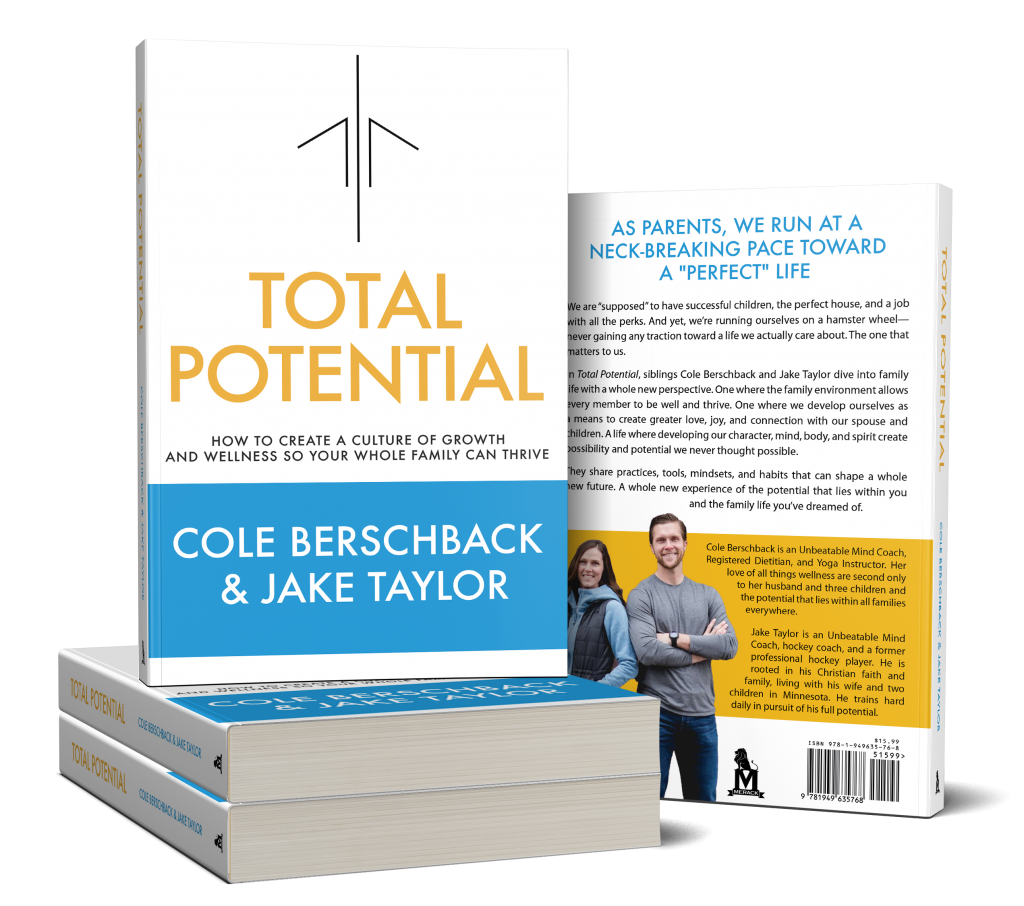Families are messy. Each member of every family is constantly changing and growing. A beautiful mess of human beings of all ages and stages learning to do life with one another. So how can we make transitions easier? And how can we turn transitions into opportunities for growth and transformation? If family change is certain, what tools can we equip ourselves with?
Short answer: you’re likely already doing it. You just don’t know what it is that you are doing.
Life Cycle of the Family
First, let’s get a larger view of the family life cycle. The family life cycle has predictable challenges. For the purpose of this article let’s assume a typical nuclear family…
Two individuals meet, fall in love, and choose to do life together. They have a child – one or more. Then new transitions come fast and furious. The child learns to sleep, accept solid foods, crawl, walk, and talk. The parents learn, grow, and adapt at each stage along with their child. The child goes to school learn to play nice with others and learns to learn. The child then learns to navigate more intense peer relationships in the preteen and teen years. The adolescent has their first trial run with romance and relationships. Then they launch into adulthood. The family system adapts again. Adult parents learn how to relate to a now adult child. The parents grow older, their health begins to deteriorate, and the family system adapts as parents ultimately pass away.
Whew. So much growth and transformation occurs in the typical family. And we didn’t even talk about the more idiosyncratic transitions. Moving, change of jobs, change of schools, change of friendship groups, possibly changing partners through death, divorce, remarriage.
It is important to see that families have been navigating transitions and change for literally thousands of years. It’s also important to see that these transitions are often transformational. In some ways, there’s nothing new under the sun in regards to families navigating difficult situations – and growing as a result.
Growing Through Change
But, transitions – by their very nature – can be scary and difficult. The transitions may be predictable, but the outcomes are rarely certain. To maximize the possibility of learning and growing together through transitions, I find it helpful to keep in mind four key factors that help families thrive.
Love and Commitment
Families don’t work without love and commitment. Period. If you want to transform your life and the lives of your family members it is important to see that love and commitment are crucial. Love and commitment create the ultimate environment for transformation
Let’s get clear about what I mean when I use the word love here. Love is not a warm fuzzy feeling (although at times that may visit and it is pleasant experience). Love is a verb. The act of love is doing what is best for another human being regardless of the cost or inconvenience to you.
Commitment is being there – reliably, predictably. We’re in this together.
I’m not going anywhere. Whatever happens, I’ll be here to love, support and
help you. I’m by your side. I’ve got your back.
Look back again at the typical family life cycle. See how these two factors are crucial to the survival of that infant child? If there is no love and no commitment present that child dies. That’s it. End of story.
What is important to see here is that love and commitment are creative and generating. Love is the vitalizing energy of a relationship and commitment is the safe container – the crucible – in which that vitalizing energy can fuel transformation.
This is easiest to see in the dynamic between an infant child and her parents. But it is equally important throughout childhood and into our adult years. Show me a relationship that is thriving and I’ll point out how love and commitment are working together. Show me a relationship that is dying and I’ll show you where one or both of these crucial variables is missing.
Rupture and Repair
Because relationships involve individuals that are constantly adapting, learning, and growing we will always experience a certain amount of strain, pain, or discomfort in a relationship. If there is no strain, pain, or discomfort in the relationship then the relationship is dying. One or more of its members is no longer growing, no longer active, no longer engaged.
In order to thrive in relationships, we must see this pain for what it is – part of the natural evolution of a complex adaptive system. Like I said, families are messy. But messy doesn’t mean broken and it doesn’t mean anything is necessarily wrong. When we share our lives with others, we will be stretched. We will grow. Every member of the family will experience change. Their sharp points will come into contact with our soft parts at times. There will be conflict. We will experience what I call rupture – a feeling of disconnect, disappointment, anger, abandonment, or betrayal. If we are lucky, we will also experience repair.
The healthiest relationships – the ones that enable transformative growth – know that rupture is necessary and unavoidable. Healthy relationships also understand that the antidote to these ruptures is the practice of repair. Just like a muscle grows by being taxed and stretched by a weight and then allowed to rest in order to heal stronger than before; so too does a relationship get stronger with repeated incidents of rupture so long as these ruptures are followed by repair.
Making repairs means learning to make amends. We acknowledge our mistakes, say the words, “I was wrong.” When our actions impact others, we acknowledge it. We ask sincerely for forgiveness. Then, we tell the person what we plan to do differently in the future and make sincere efforts to make those changes. Said slightly differently, in the parlance of parenting speak, it’s ok if we make a mess as long as we clean it up.
Making Space and Leaning In
The short hand phrase I use that encompasses these four essential practices – love, commitment, rupture, and repair – is: practice making space and practice leaning in. Making space refers to our capacity to commit and to love. Commitment and love provide a safe haven. Leaning in means acknowledging that ruptures will occur and when they do we will endeavor to make repairs. Leaning in acknowledges that each of us is messy. Each of us is imperfect. We are all works in progress. Finally, I want to stress that these are practices. They require effort – consistent, ongoing effort. We will never be perfect. But with consistent effort, we will be rewarded by these practices and so too will future generations.
That, by any definition, is transformative.

Dr. Sean Smitham
Dr. Sean Smitham, Ph.D. a licensed Clinical Psychologist and family therapist who lives and practices in Spokane, Washington.



